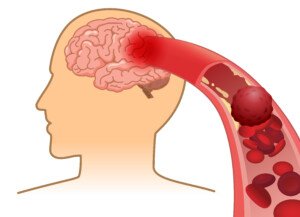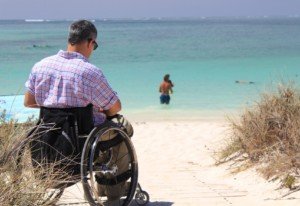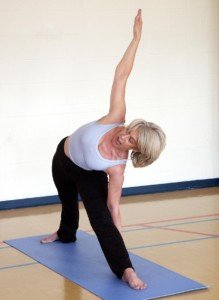If you’ve had a TIA and have not been treated for it, it’s actually very UNSAFE to exercise, says John M. Kennedy, MD.
A TIA (transient ischemic attack) is actually a “mini stroke,” or to put it another way, a temporary stroke, and that high blood pressure is a major risk factor for stroke.
Exercise, especially lifting weights, raises blood pressure. Simply adding two plus two spells potential catastrophe if a person who just had a TIA (“just” could mean weeks ago) goes out and exercises.
“I would say exercise (aerobic or strength training) is unsafe for anyone who has experienced symptoms consistent with a TIA before formal evaluation by a health care professional,” says John M. Kennedy, MD, medical director of preventative cardiology and wellness at Marina del Rey Hospital, and author of the book, “THE 15-MINUTE HEART CURE: The Natural Way to Release Stress And Heal Your Heart In Just Minutes A Day.”
Though a TIA, in and of itself, doesn’t cause permanent damage, it is a very serious issue because it signals a possible impending stroke.

Ischemic stroke blood clot. Shutterstock/solar22
A TIA involves a blood clot in the brain that temporarily prevents oxygenated blood from nourishing the part of the brain that the blocked vessel supplies.
Having a transient ischemic attack means that the blood vessels in your brain have a propensity to develop blood clots.
The next blood clot could end up staying there (a stroke) rather than dissolving (a TIA).
It is a health hazard to exercise right after having a TIA.
If you believe you’ve had a TIA, do not exercise, as this will raise blood pressure. Instead, get a full medical evaluation to find out if you had a transient ischemic attack.
Symptoms of a transient ischemic attack are identical to those of a stroke and come on suddenly:
– Tingling, weakness, numbness or heaviness on one side of the body
– Visual impairment: blurriness or darkness; sudden loss of vision in one eye
– Slurred speech or difficulty speaking
– Paralysis on one side of the body
– Alarming headache
– Cognitive impairment; confusion
– Dizziness, loss of balance, difficulty walking
– Suddenly falling with no warning
Symptoms may resolve within minutes to up to 24 hours.
You may feel perfectly fine after symptoms of a transient ischemic attack resolve.
DO NOT LET THIS FOOL YOU ! By definition, a TIA is transient, so of course you’ll feel fine afterwards!
But the next blood clot could be a stroke, which can kill you or leave you permanently crippled.

If you believe you had a TIA, don’t exercise before you find out if you indeed had a transient ischemic attack.
Dr. Kennedy explains: “TIAs are signs of a threatening ‘full blown’ stroke. Two possible causes include hypertension (high blood pressure) and certain arrhythmias such as atrial fibrillation (AF), both of which can be triggered by or exacerbated by exercise.
“After a stroke, data suggests in order to achieve the best quality of life, and greatest functional capacity, walking is the best type of exercise.”
If you suspect you had TIA, don’t delay; head straight to the ER for tests, and do not exercise or perform any challenging physical activity like carrying out heavy garbage before heading out to the ER.


 Double board certified in cardiovascular disease and also internal medicine,
Double board certified in cardiovascular disease and also internal medicine, 







































